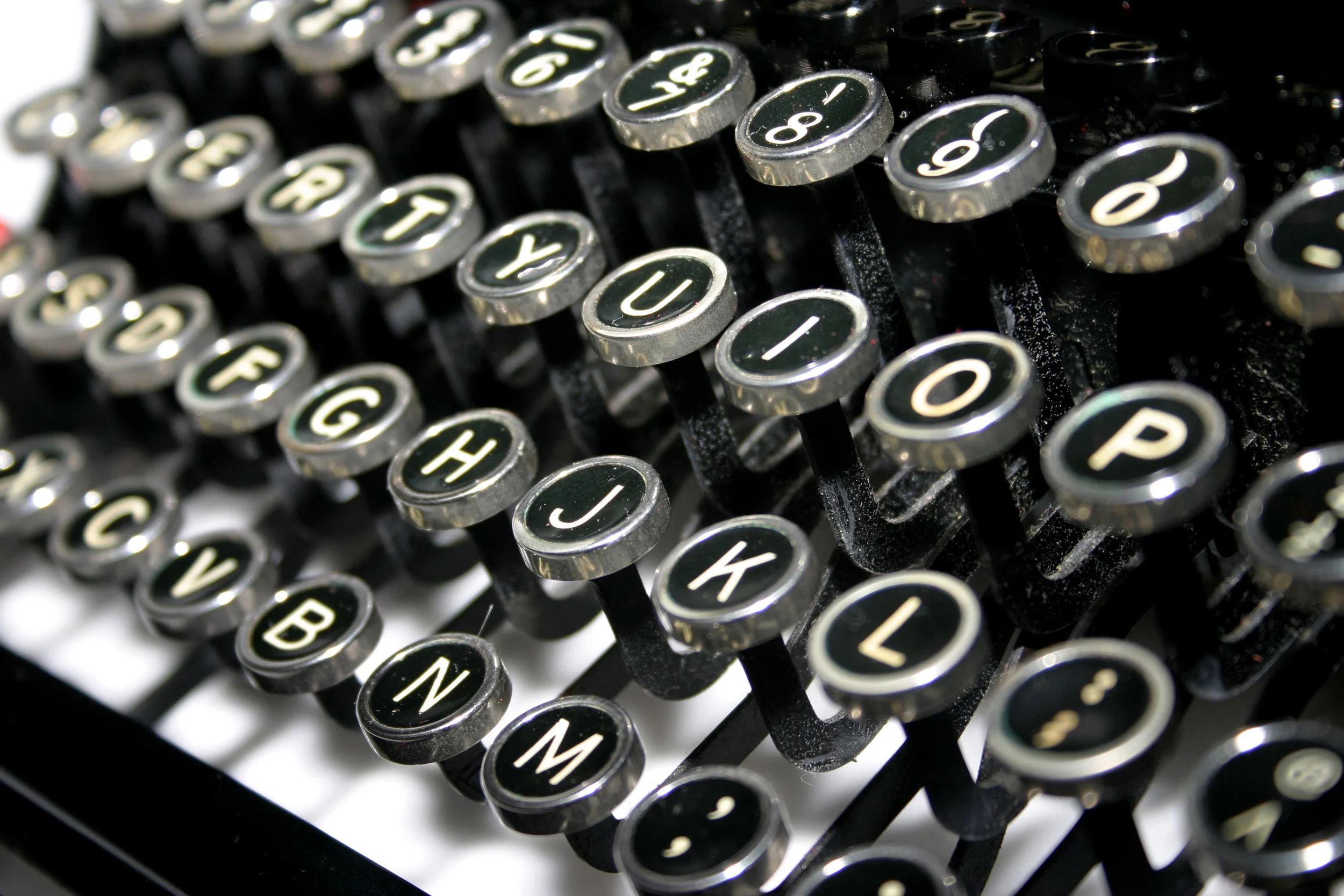How To Improve Your Production Time
/Last month we shared a video on our blog, “A Mistake in 50,000 Words,” and we talked about how crucial it is to find out a project’s word count before settling on a budget. See, we were telling each other about the dilemma one of our coaching students was in -- he had accepted a 50,000 word project for $500. Yikes! So, we broke down the math:
50,000 words ÷ 120 words per minute (average slow-mid paced read) = 416.67 minutes
So, just under a 7 hour long project. But that’s FINISHED time, not working time. That comes out to:
7 hours x 2 (average reader takes 2 hours to record every 1 hour of finished audio) = 14 hours recording.
Then, there’s the editing...
14 hours recorded audio x 4 (average editing speed takes 4 hours to edit every 1 hour of recorded audio) = 56 hours editing.
Wow! That’s 70 hours of work!
According to Global Voice Academy if this were an e-Learning project, the low-end rate for this job should have been over $8,000. If you break that down into hourly pay, that’s $119/hour. At $500, he only made $7.14/hour. Hardly makes it seem worth it.
However, there’s a way he could increase his “hourly rate,” and you can too, with the following tips:
Improve your cold reading skills. The better you are at reading without making mistakes, the less you’ll have to re-read, decreasing the recording time. That doesn’t mean you should be sloppy. Ignoring mistakes means more re-recording later, increasing the production time. For Deb, it takes her about 1.5 hours to get through 1 hour of finished content, saving hours of work.
Get better at editing. How do you do that? Practice! The great thing about editing yourself is remembering where in the project you made mistakes. Everyone has their own unique pattern of mistake making. When you get to know your own pattern, you develop a workflow that makes the editing process easier. Deb has her own editing time down to 2.5 hours for every 1 hour of recording she’s read.
Maintain consistent mic placement, mic distance, and preamp settings.If any of these elements change, it’s hard to match up with previously recorded audio. And since you’re probably not recording all 14 hours in one pass (seriously, don’t), it’s essential that you keep all of these elements set. Especially if you’re going to be copying and pasting sections of audio into multiple files -- like the disclaimer before each lesson. If you edit yourself, you’ll be grateful you kept things consistent. If you outsource the editing, the engineer will be grateful you kept things consistent -- and you will be too, since your bill will be significantly lower than if you hadn’t.
Record some room tone every time you record. Somedays there’s something different about your sound. Whatever it is, it’s best to record room tone every time you work on a project, just in case you need it. A couple seconds will do. Just be sure to not speak or move or breath or do anything audible during that time.
Finally, archive each step of your production: original audio (raw), edited audio, applied effects (FX). When you’re working on a big project, problems will inevitably come up. When they do, you’ll be glad you archived your work. This will take up a lot of space on your computer, so if you work on big projects, get an external drive to save your work onto.

